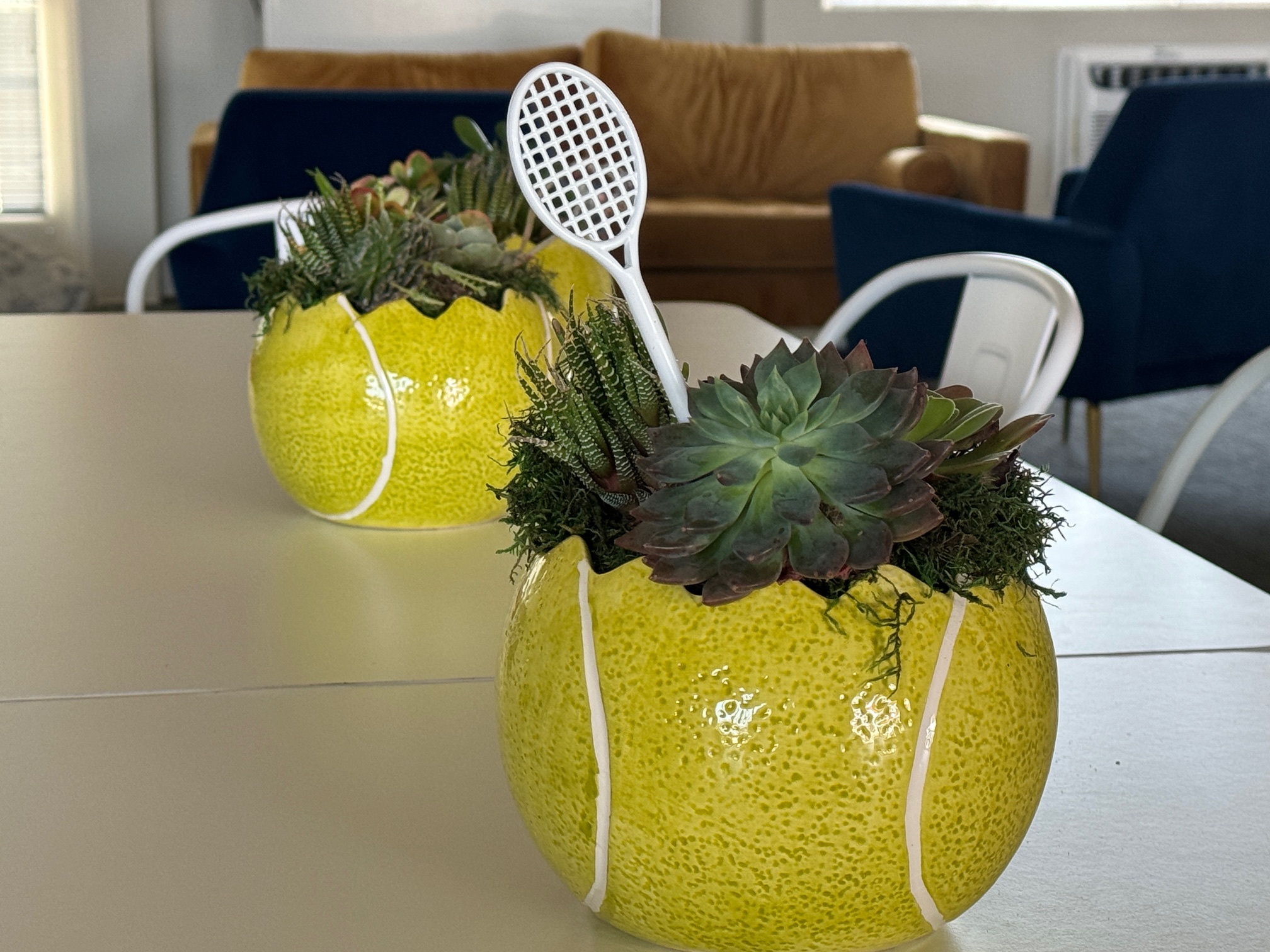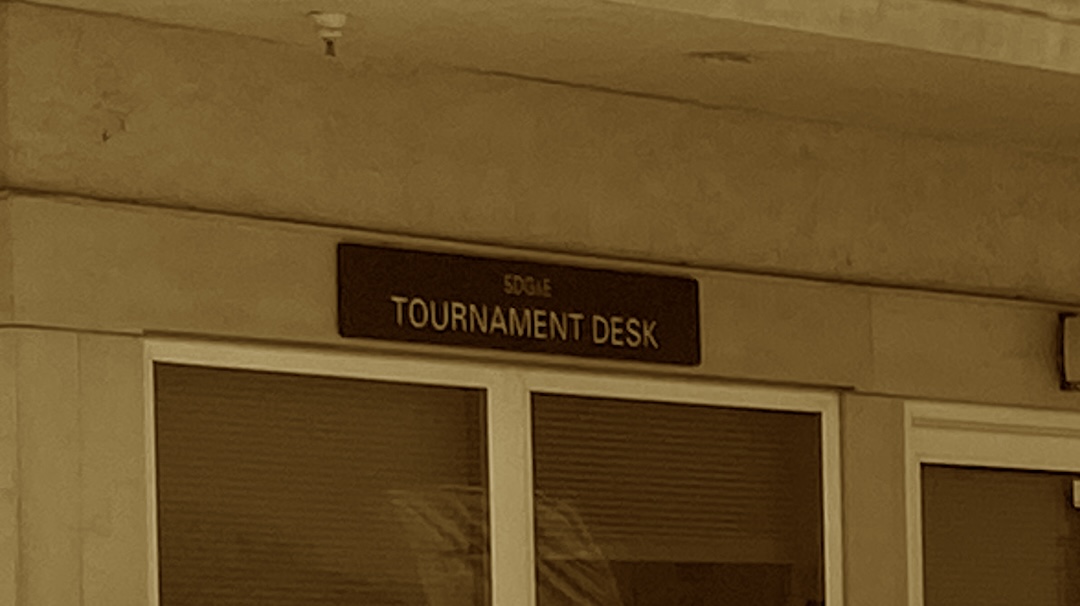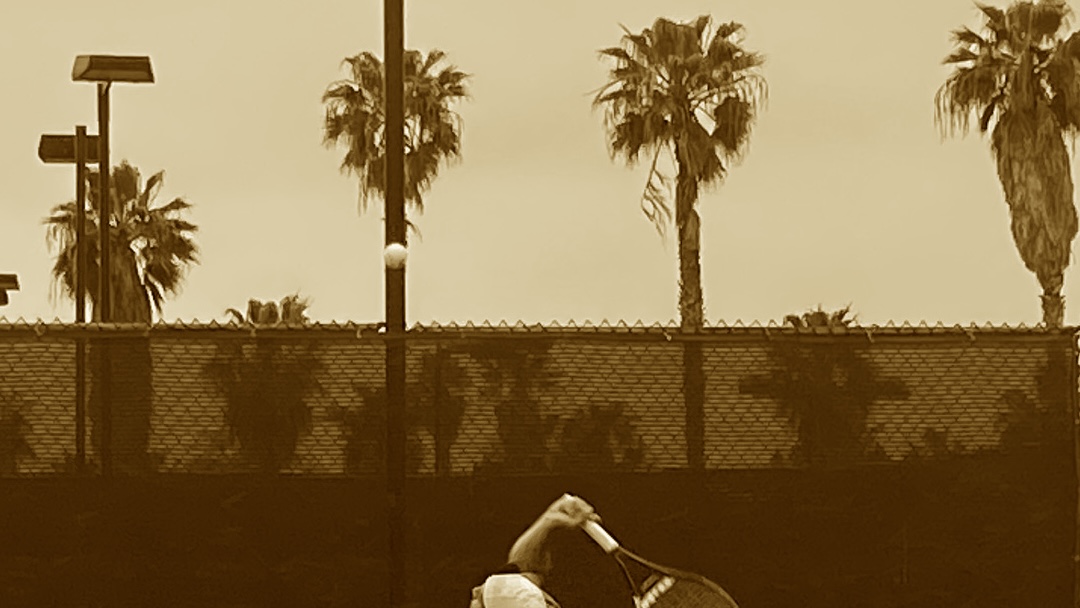This weekend, we are exploring how people sometimes get “stuck” in tennis. Yesterday, the concept of a performance “plateau” in the sport was introduced. It was defined as a state where skill development stagnates. Today, we are exploring a creative approach for breaking through to higher performance levels. This series is inspired by Bill Burnett and Dave Evans in their book, ‘Designing Your Life: How to Build a Well-Lived, Joyful Life.’
Creative brainstorming is a technique for generating ideas, solving problems, and exploring possibilities. When performed in a group setting, the key to success is establishing a free-flowing and nonjudgmental environment where all thoughts and ideas are worthy of consideration. Brainstorming can also be performed at the personal level, but the same ground rules still apply. The key is to embrace open-minded freedom of thought.
Divergent thinking fostered by brainstorming is an effective way to generate novel and unique solutions to problems. When tennis players give themselves permission to think expansively and imaginatively, a vast array of possibilities beyond current and conventional norms can be unlocked for subsequent consideration. Brainstorming is the critical first step toward innovation, which may eventually yield uncommon strategies, training methods, and mental approaches.
For example, if I were to brainstorm ideas for improving my court coverage when competing (which, to be clear, I frequently think about that exact thing,) the first part of the list would likely consist of standard tennis training techniques. That would include things like performing footwork drills, improving speed, and practicing agility. Opening the aperture a little bit might elicit additional vectors such as losing weight and working on cardiovascular fitness.
As the initial normative ideas taper out, brainstorming induces people to examine problems from a different perspective. In tennis, another category that might emerge for better court coverage would include improving anticipation and developing better court positioning habits. Another line of thinking might be learning to hit balls to better strategic locations that buy time or limit your opponent’s options for their next shot. These are still “in the box” ideas, but the box has become a little bit bigger.
Left unconstrained, truly innovative ideas might emerge that initially seem ridiculous. As an example, “Parkour Tennis” might create visions of incorporating jumps, rolls, and vaults over obstacles to develop unconventional movement patterns and enhance agility on the court. However, a tennis player might benefit from developing those exact skills, albeit in an off-court setting. Training on an obstacle course is a potential out-of-the-box activity that could be a fun way to break out of monotony while still developing skills that translate to better on-court performance.
Adults sometimes suppress their natural ability to brainstorm and unleash innovative thinking. Societal norms can sometimes value conformity over creativity which can discourage experimentation and risk-taking. The accumulation of life experience can also create a reluctance to entertain unconventional ideas and experimentation. As a result, mature tennis players may inadvertently quash their own innovative thinking. That is a lousy mindset for any person who has become “stuck” on the performance plateau.
By embracing curiosity, exploration, and experimentation, tennis players can leverage brainstorming to revitalize their tennis lives. That may be exactly the spark that is needed to break out of a performance plateau. Even if improvement turns out to be elusive, it is likely to generate entertaining and fun ideas that can enhance their overall enjoyment and satisfaction with the game. That can shape not only performance on the court but also personal growth in all aspects of life.
Throughout 2024, I am publishing a series of essays imaging how to apply the principles in ‘Designing Your Life: How to Build a Well-Lived, Joyful Life‘ (<- sponsored link), which is a non-tennis book that I have come to believe that everyone should read.
A chronological summary of all posts on this topic is available on the Designing Your Tennis Life summary page.




